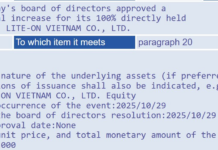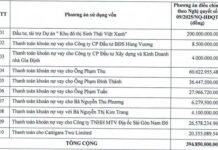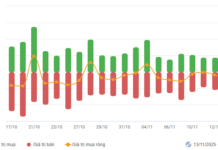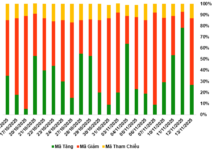Minister of Home Affairs Pham Thi Thanh Tra, Deputy Head of the Steering Committee for the Arrangement of Administrative Units and the Building of Local Government Models at Two Levels of the Government (the Government’s Steering Committee), issued Official Dispatch No. 16 on allowances for officials, public employees, civil servants, and laborers after the arrangement of administrative units and local governments at two levels.
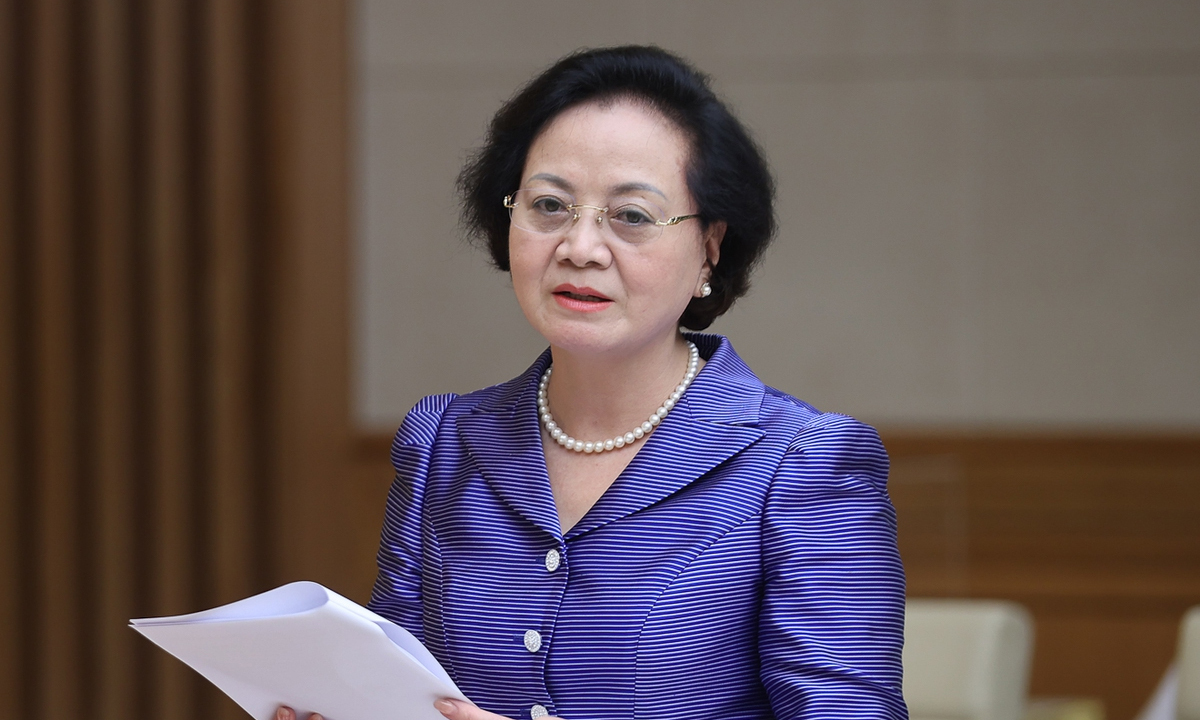
Minister of Home Affairs Pham Thi Thanh Tra. (Photo: VGP)
The official dispatch clarified that there were different interpretations of maintaining the current allowance regime for officials, public employees, civil servants, and laborers affected by the arrangement of administrative units. The previous Official Dispatch No. 03 (dated April 15) and Official Dispatch No. 11 (dated June 4) from the Government’s Steering Committee provided guidance on tasks related to the arrangement of administrative units and local governments at two levels.
To ensure uniform implementation, the Government’s Steering Committee provided additional guidance on the allowance regime and
salary scale regime
.
The committee specified 18 types of current allowance regimes, including: allowance for leadership positions; allowance for seniority beyond the framework; allowance for holding multiple positions; regional allowance; special allowance; attraction allowance; mobility allowance; hazardous allowance; job responsibility allowance; allowance for national defense and security tasks; seniority allowance for specific occupations; responsibility allowance by profession; preferential allowance by profession; special allowance for armed forces; allowance for long-term work in extremely difficult socio-economic conditions; public service allowance; allowance for party and socio-political organization tasks; internal political protection responsibility allowance; and multiple-position allowance for commune-level officials.
The maintenance of allowances (continuation or preservation) applies to officials, public employees, civil servants, and laborers whose salaries are paid by the state budget and who are affected by the arrangement of administrative units but remain in the system of agencies and organizations within the political system.
Accordingly, if these individuals were entitled to any of the above-mentioned allowances before the arrangement, they will continue to receive the same allowances after the arrangement.
In cases where officials, public employees, civil servants, or laborers have less than six months left until their retirement age, early retirement, or resignation, they will continue to receive the allowances until the end of their remaining working period.
The official dispatch provided a specific example: Before the arrangement, Inspector A at the district level enjoyed a 25% professional responsibility allowance for inspectors, plus leadership position allowance and seniority allowance beyond the framework (if any). After the arrangement, if Inspector A is assigned to a commune-level position, they will continue to receive the 25% professional responsibility allowance for inspectors for six months.
In addition to maintaining the current allowances, the Government’s Steering Committee directed that officials, public employees, civil servants, and laborers would continue to benefit from the salary scale regime as prescribed by current laws.













